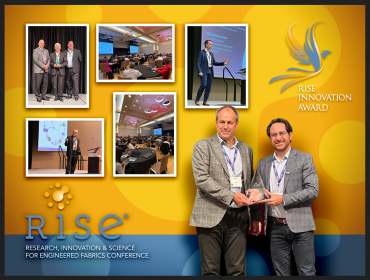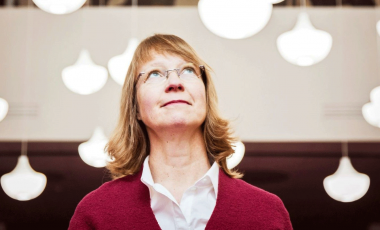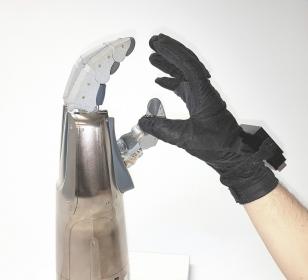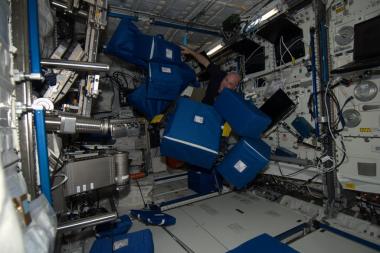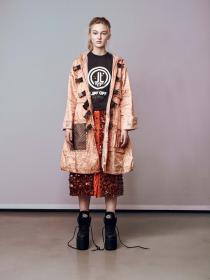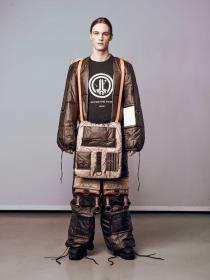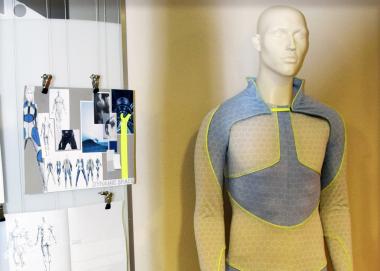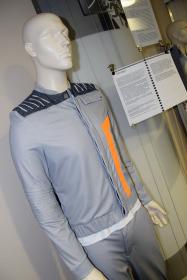TiHive Wins RISE® Innovation Award for their SAPMonit Technology
Business leaders, product developers, and technology scouts convened at the RISE® (Research, Innovation & Science for Engineered Fabrics) Conference, Sept. 26-27, Raleigh, NC for two days of valuable insights in material science, process and sustainability innovations. RISE is co-organized by INDA and The Nonwovens Institute, North Carolina State University.
Industry, academic, and government experts shared their expertise in these key areas:
- The future of nonwoven manufacturing
- Real-world applications and advances in filter media
- rPolymers and sustainability
- Innovative strategies and circular solutions
- Advancements in sustainable nonwoven applications
- Market statistics and data trends
A highlight of RISE was a poster presentation of fundamental nonwovens research by The Nonwovens Institute’s graduate students. As an added value, The Nonwovens Institute offered RISE participants a tour of its world-class facilities located on the Centennial Campus of North Carolina State University, featuring the most extensive set of lab- and pilot-scale equipment found anywhere including all the nonwovens platform and testing technologies.
RISE® Innovation Award Winner
TiHive won the 2023 RISE Innovation Award for their SAPMonit technology. TiHive’s innovation, SAPMonit – a technology breakthrough, inspects millions of diapers weekly. SAPMonit delivers lightning-speed inline inspection of superabsorbents’ weight and distribution, optimizes resources, detects flaws, and accelerates R&D. SAPMonit utilizes advanced see-through cameras, high-speed vision algorithms, and secure cloud integration, revolutionizing industry norms. SAPMonit has great potential for sustainability, cost reduction, and enhanced customer satisfaction as it avoids hundreds of tons of plastic waste per year per machine.
The RISE Innovation Award finalists included Curt. G. Joa, Inc. for their ESC-8 – The JOA® Electronic Size Change, Fiberpartner Aps for their BicoBio Fiber, and Reifenhäuser REICOFIL GmbH & Co. KG for their Reifenhäuser Reicofil RF5 XHL. Together, these finalists’ innovations have the potential to reduce plastic waste by millions of kgs.
DiaperRecycle won the 2022 RISE® Innovation Award for its innovative technology to recycle used diapers into absorbent and flushable cat litter. By diverting used diapers from households and institutions, and separating the plastic and fiber, DiaperRecycle strives to decrease the climate-changing emissions of diapers from landfills.
2023 INDA Lifetime Technical Achievement Award
Ed Thomas, President, Nonwoven Technology Associates, LLC, received the 2023 INDA Lifetime Technical Achievement Award for his decades of nonwoven contributions to the growth and success of the nonwoven industry.
RISE 2024 will be held October 1-2, 2024 at the James B. Hunt Jr. Library at North Carolina State University in Raleigh, NC.


